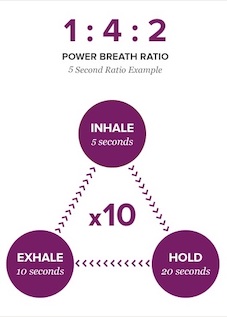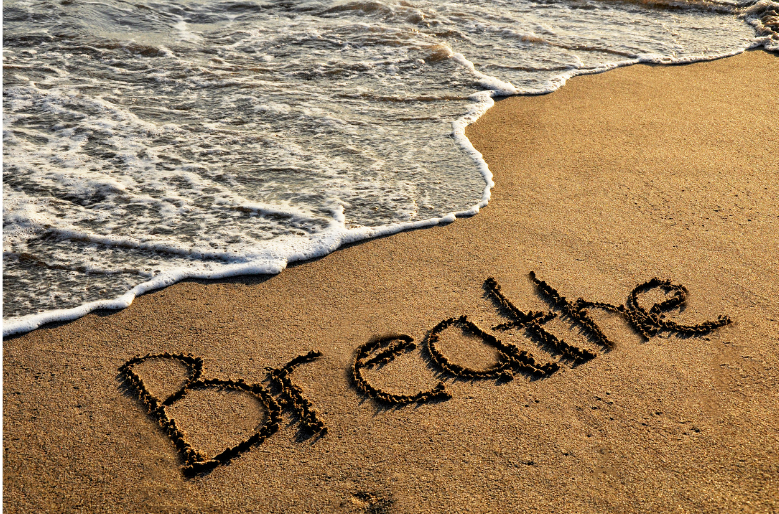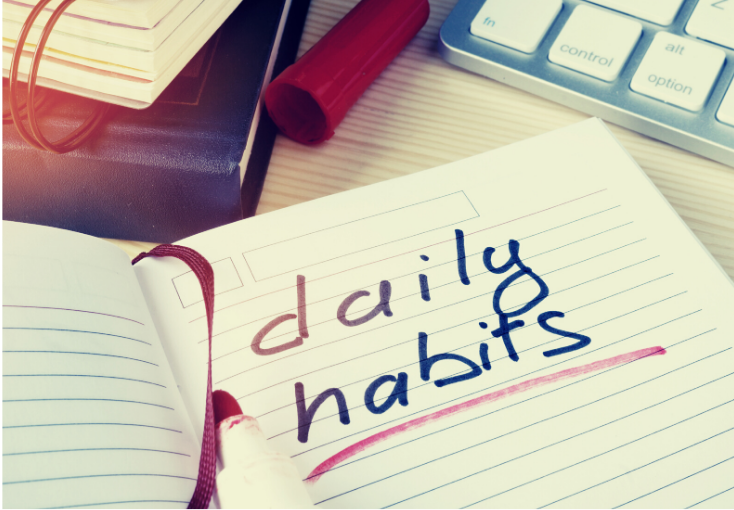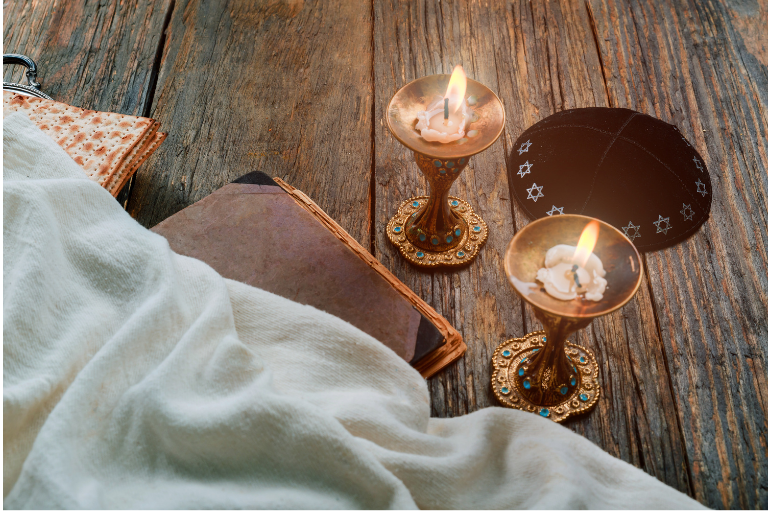Our breath is our lifeline, we do not remember our first breath and we are not aware of when our last breath will be, we are somewhere in between the two bookends of our life chapters. With each breath I move further along the timeline of my human experience.
Just contemplating that thought and as I write these words I am aware of each breath (the reality of, the existential awareness) nudging me towards that last one. From the second breath we ever took, we have been moving in the direction of the final one. Appreciating every inhale and exhale, I slow my breathing tempo to cherish it. My lifeline. Our lifeline.

Every emotion felt as a toddler, child, teenager, our first experiences: the first kiss or first horror film, our breath experienced it too.
- ‘I held my breath as I kissed him or her’.
- ‘My breathing became rapid and shallow as I curled up tightly in the cinema seat, eyes wide, flickering but not blinking in fear at what sound or scene was coming next on the big screen.
Our breath reflects all of the wild ranging emotions we feel…every single one of them.
Even when we are sleeping and unaware of our breathing…we unconsciously inhale and exhale. So how is it, that throughout my childhood I was never taught how to breathe or the significance of breathing? You could argue that we do not need teaching…. we just know how to do it… and YES, you have a valid point! But I mean really breathing and using our breath to regulate or connect with ourselves in each moment.
Unless you have grown up in a family or community with elders that practice meditation, yoga, Buddhism etc, then ‘breathework’ or using your breath in meditation or mindfulness is something you may only have become aware of as an adult.
I was a wheezy child! My asthmatic airways are sensitive to the cold, to dust, to pollen, to cat and horse hair, certain types of dog hair too, to aerobic exercise, when I am laying horizontal and sleeping, to laughing for a long time, to citrus substances like lemon squash or vinegar, and to the change in air temperature from hot to cold and vice versa!
Growing up the only time I remember being given instructions on breathing… was for the purpose of keeping myself alive! Not being able to breathe is frightening! I was instructed to relax my body, slow my breathing and try to take longer, deeper inhales and exhales to oxygenate my body.
But nobody told me ‘why’ I should breathe slower, or deeper and to what extent that focus had on calming the hyperactive airways and restoring balance within my body.
Our breathe and our lived experience:
Respiration is important in maintaining physiological homeostasis and co-exists with emotions.
We can use our breath to shift our experience in any moment. We can tune into the cadence of our breath to help self regulate but we have to practice daily both when we are feeling ‘good’ or ‘bad’. When we are caught up in the intensity of an emotion, particularly the so-called ‘negative’ emotions – anger, sadness, fear including anxiety – it is difficult to observe your own breathing pattern (unless you have made it a habit through repetition)
- When we’re sad we sigh frequently.
- When angry, we breathe rapidly.
- When we our in the grip of fear our breathing is shallow and from the top of the lungs.
- When we are feeling joyful and calm, we breathe through our nose in a regular cycle and our ribcage is relaxed.
How can we use our breath to self regulate intense feelings?
The source of our emotions can be complex. Emotions are frequently linked to old memories and unconscious beliefs and attitudes, discovering the root of these beliefs can take some time but the element of our emotional responses to these thoughts and beliefs we can easily manage by ourselves is breathing.
To elicit joy, ‘Breathe and exhale slowly and deeply through the nose; your breathing is very regular and your ribcage relaxed’. Deep, slow breathing into the belly is strong medicine for anxiety, fear and anger. In the midst of strong emotion, the breathing of joy can loosen the grip of anger, fear or despair. Deep belly breathing soothes frayed nerves and stills a racing mind. Catherine Dowling
During stressful times managing our emotional states through breathwork is a great tool but to tap into that tool when we need it the most requires regular practice of breathing techniques like the breathing of joy. Practicing breathwork daily as part of your routine and building a strong habit the same as brushing our teeth can become a powerful tool in our wellbeing toolkit.
Breathe to Relax, stimulate or signal ‘Get ready’:
Strengthening and working with our breath affects the experience of each moment. Using breath to relax, breath to stimulate and breath to set the tone of the action coming.
Wim Hof uses breath to: increase energy, lower stress levels and an improve immune system through his breathing methods. Wim Hof Breathing Method
Lewis Pugh – Ice swimmer, Extreme adventurer and ocean advocate uses his breath to: Stimulate and heat his body before he plunges into icy Polar waters. Who is Lewis Pugh?

Tony Robbins: Uses ‘Power Breaths’ to oxygenate the cells of body. When we are stressed our breathing becomes shallow, we fail to use our full lung capacity and therefore our lungs are not able to remove toxins as effectively. Power breaths, practiced daily help to change our physiological state.
Breathing and nature
When we are feeling ‘off’, we are out of sync or balance with our own internal nature. We might know the cause if a traumatic or significant event has happened or we might not…it is just a feeling. Whether the cause is known or not when we are ‘feeling off’ we are experiencing resistance in our thoughts and beliefs that manifest as stress, sadness, overwhelm, anger etc. We can begin to soften this resistance by taking a step outside into nature and taking a deep breathe.
We are nature and we are a part of nature not separate from it.
All sentient beings breathe. All organisms breathe, all cells breathe. Nature and mother earth breathes. Connecting with nature, tuning into your breath whilst in nature reminds us of our own nature and helps so soften the resistance we are experiencing.
‘When the cool air brushes over your face take a deep breath in, filling your lungs with oxygen rich air. Filling our lungs, organs, muscles and cells with life.’
Breathing is like an infinite dance, back-and-forth exchanging of CO² and O², a dance that is gentle and flowing when our bodies are resting at night. A dance with an upbeat tempo when exerting energy through physical activity like running or cycling. A slow-mo dance, frozen in peaceful time when a freediver glides beneath the water’s surface. The oxygen exchanging dance continues 24/7, a connection with the air around us wherever we go, a connection to nature from our first breast to our last.
Effects of breathing on emotion. Including fun facts….
- Yogic practice of alternate nostril breathing (Nadi Shodhan Pranayama, translated as the cleansing of the nerve centres) has long espoused a calming effect when breathing is restricted to the left nostril and an activating or energising effect when breathing is restricted to the right nostril.
In a single breathing cycle:
- A long inhalation phase has an energising and activating effect whereas,
- A long exhalation phase has a relaxing and calming effect.
- Studies have shown that particularly in a carbon dioxide enriched environment, respiration is highly correlated to feelings of fear and discomfort.
- A larger study on 74 young adults that involves training in Ujjayi breathing, Bhastrika pranayama and Sudarshan Kriya for 20 hours over a five day period shows improvements in self-reported depression, stress, satisfaction, social connectedness and gratitude.
- Breathing based meditation techniques have also been shown to reduce post traumatic stress disorder in Army Veterans.
- Unpleasant odours increase respiratory rate and induce rapid shallow breathing, and pleasant odours induce deep breathing. So our physiological outputs (body) respond more rapidly than cognition (Knowledge/reasoning)
- Most Breathwork therapies utilise some form of connected breathing. This means that breathers focus their awareness on their breathing and at the same time eliminate the natural pauses in the cycle of inhale and exhale. This practice leads to a state of expanded awareness. The thought processes, belief systems and sometimes memories that give rise to emotional states come to the surface. At this point, this proven key component in emotionality – breathing – provides the vehicle for revealing and dealing with the cause of those emotions. Breathing doesn’t just generate feelings, it is one of the most effective techniques available to us for resolving emotional distress.
RESOURCES:
http://medcraveonline.com/MOJAP/MOJAP-03-00108.pdf
https://pubmed.ncbi.nlm.nih.gov/18487316/
Catherine Dowling is the author of Rebirthing and Breathwork: A Powerful Technique for Personal Transformation (Piatkus, UK, 2000)

Ideas to bring awareness to your breathing and strengthen your practice and connection to yourself:
- Breathwork
- Meditation
- Yoga
- Running
- Swimming
- Freediving and Apnea Training
- Precision creative work




